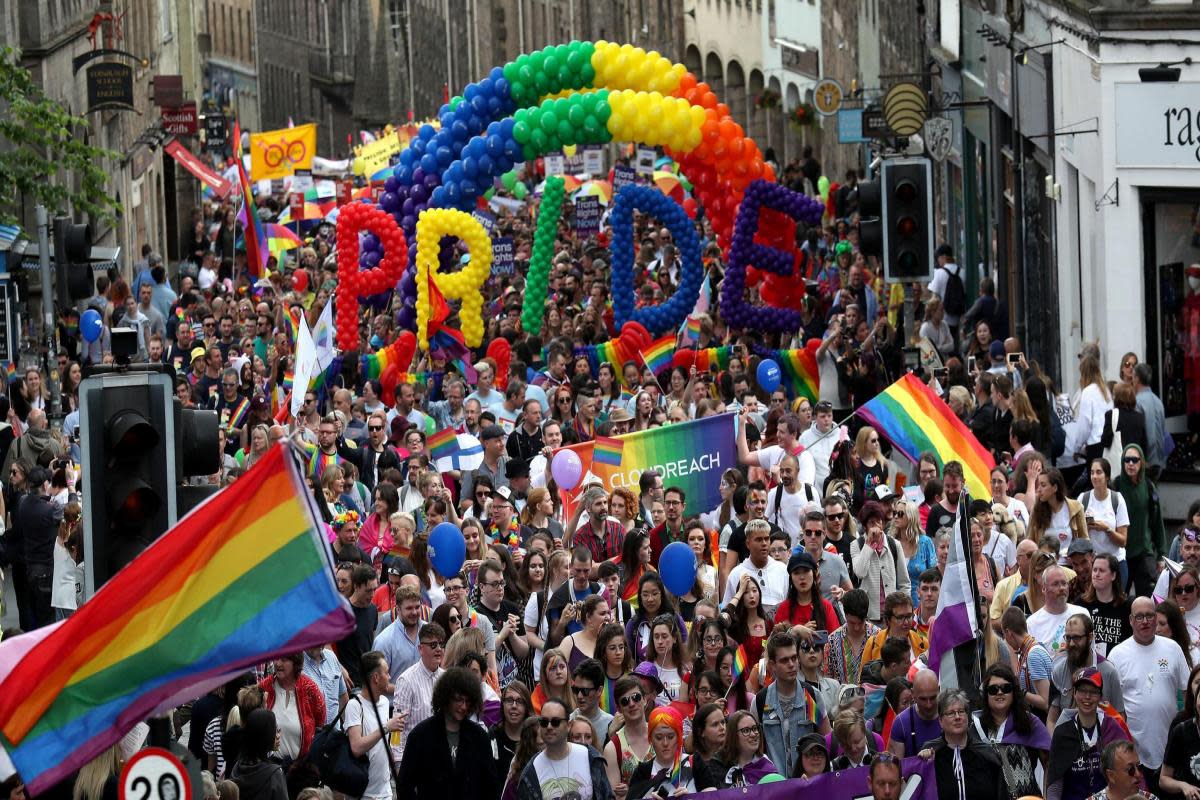Census reveals size of Scotland's LGBT community for the first time

MORE than 180,000 people in Scotland identify as lesbian, gay or bisexual, and almost 20,000 as trans according to census data released for the first time.
Scotland’s census has revealed information regarding the trans and LGBT community that is expected to help improve the lives of those living and working in the country.
The data found that 19,990 people identified as trans, with nearly half aged 16 to 24, and that almost half of trans people, 46%, identify as non-binary.
Trans people equate to 0.44% of people aged 16 and over living in Scotland.
READ MORE: Mhairi Black wades into David Tennant 'shut up' row with Kemi Badenoch
The census found that there were 183,860 LGB people in Scotland which equates to around 4.0% of people aged 16 and over.
In comparison with the rest of the UK, Scotland’s figures are higher as England and Wales recorded 3.2% of people aged 16 and over were LGB and 2.1% in Northern Ireland.
Around two in every five LGB people identified as bisexual at 43.6% with nearly half of bisexual people, 43.6%, aged 16 to 24, with around a third, at 32%, being aged 25 to 34.
80,104 people identified as gay or lesbian with 23,500 identifying as other sexual orientation.
Within the other category, over a third of people in this category did not specify their sexual orientation at 35.6% and the most common response in the category were pansexual, asexual, and queer.
Director of census statistics Jon Wroth-Smith said: “These numbers will help charities, local authorities, businesses, and government plan services to improve the lives of those living and working in Scotland as well as providing important information for effective equality monitoring.”
The previous census in 2011 decided not to ask respondents their sexuality.

 Yahoo News
Yahoo News 

